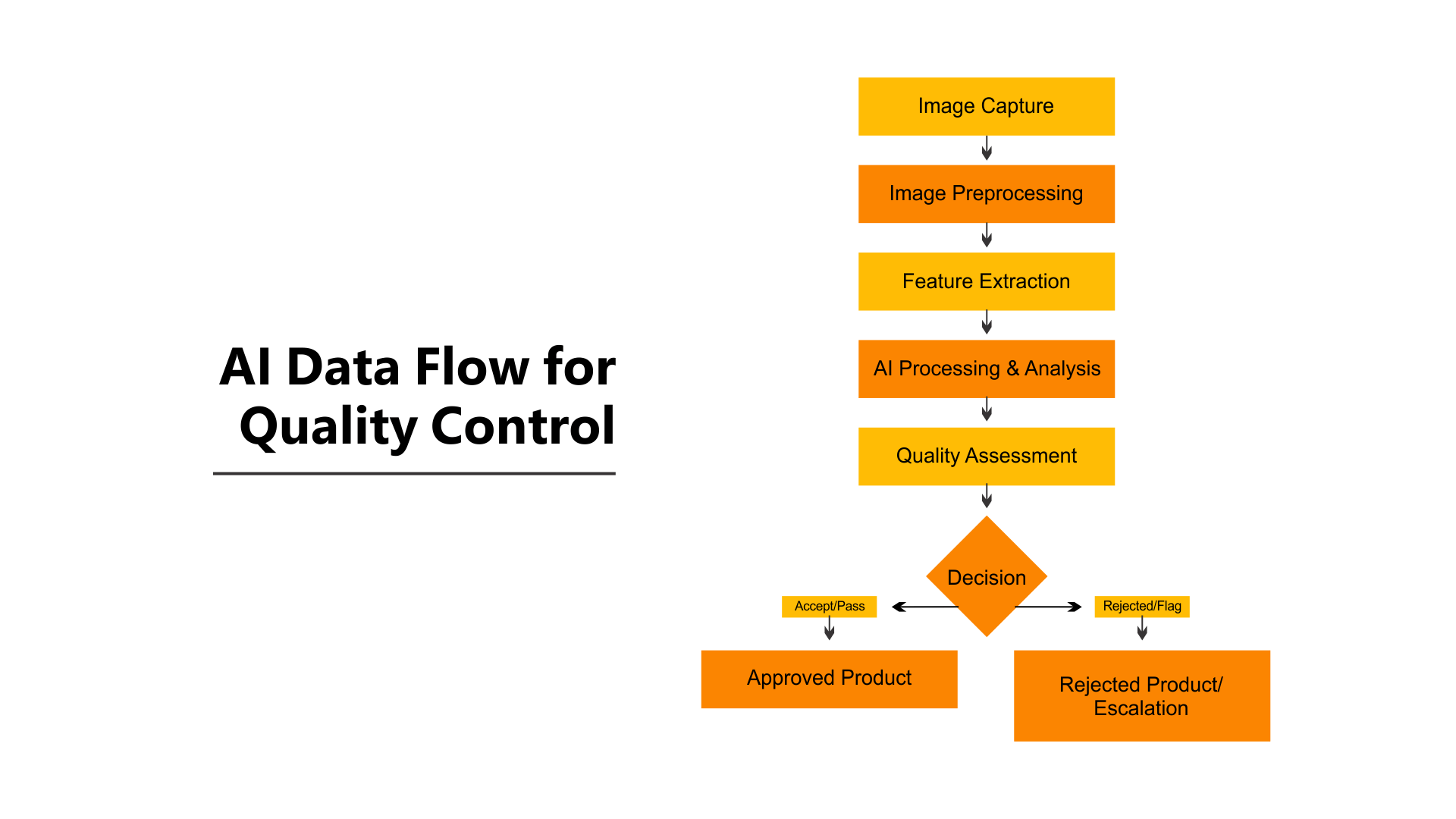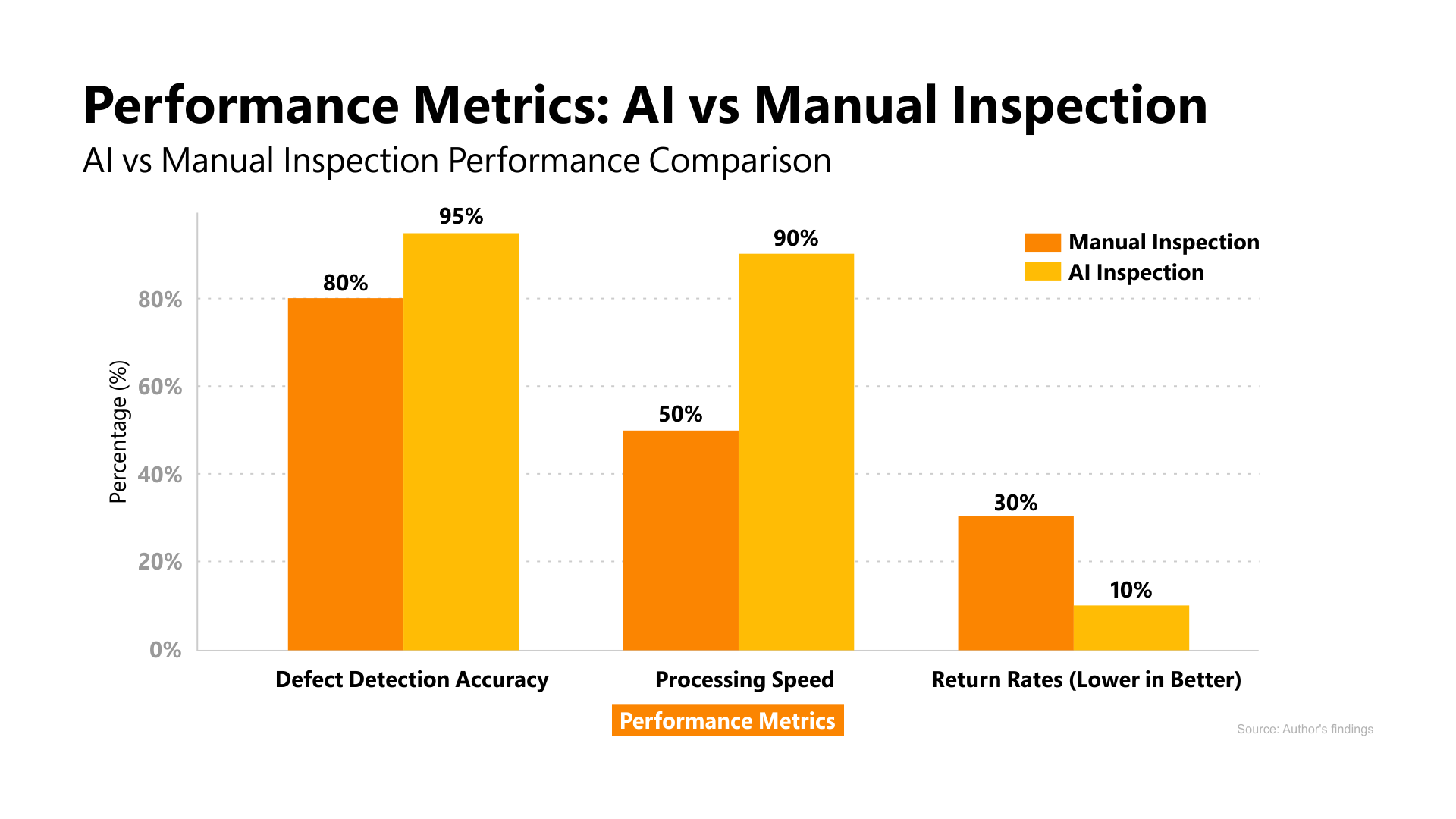
The retail industry is undergoing a digital transformation with the adoption of Artificial Intelligence (AI) across various domains. One of the most impactful applications is AI-driven quality control for personalized products. In a retail environment, where customers expect their customized orders—such as apparel, accessories, and home decor—to match their specifications precisely, ensuring quality assurance is crucial. Traditional manual inspections are inefficient, prone to errors, and costly.
This article details the AI transformation project undertaken by a retail company to automate the quality control process using computer vision technology. The AI system compares images of finalized personalized products with the original customer-uploaded design, detecting discrepancies in color, text placement, and design elements. This ensures that only products meeting high-quality standards reach customers, enhancing satisfaction and reducing returns.
The Need for AI in Quality Control
Personalized product quality control presents several challenges:
AI Transformation Plan: Implementing Computer Vision for Quality Control
The AI transformation was structured using a five-phase framework: diagnose, direction, design, develop, and deploy.
1. Diagnose: Assessing the Current State
The first phase involved analyzing the existing quality control process and identifying areas where AI could bring improvements. Key findings included:
2. Direction: Defining AI Strategy, Goals, and Time Frame
The strategic goals set for AI transformation included:
Short-Term Goals (6 Months):
Long-Term Goals (12 Months and Beyond):
3. Design: Data Strategy and Technology Infrastructure
Data Collection and Processing
A robust data pipeline was established to support AI training:
AI Data Flow for Quality Control

Technology Stack
The AI solution was built using:
4. Development: Talent and Skills Enhancement
For successful AI adoption, workforce upskilling was prioritized:
5. Deployment: Implementing AI-Driven Change Management
Stage 1: Pilot Phase
Stage 2: Full-Scale Rollout
Stage 3: Optimization and Refinement
Business Impact of AI in Quality Control
The AI-driven quality control system yielded substantial benefits:
Performance Metrics: AI vs Manual Inspection

Conclusion
AI-driven quality control represents a major leap forward in retail digital transformation. By leveraging computer vision technology, retailers can ensure that personalized products meet customer expectations with precision and efficiency. This case study highlights a structured AI transformation approach, demonstrating how businesses can achieve seamless AI integration while enhancing operational efficiency and customer satisfaction. As AI continues to evolve, its role in quality control will expand, paving the way for more intelligent, automated, and customer-centric retail operations.
Follow us: